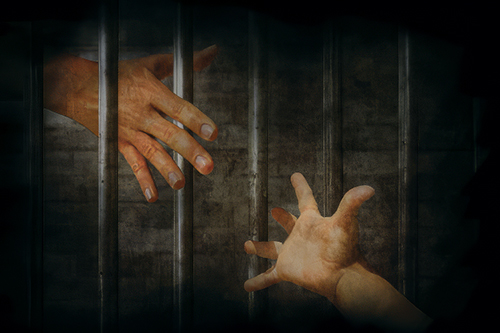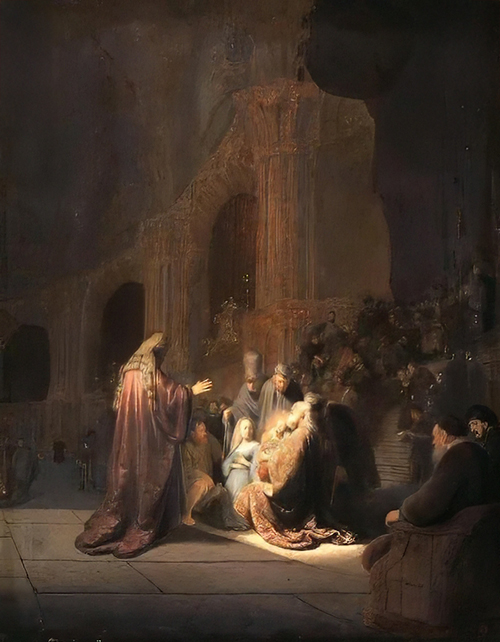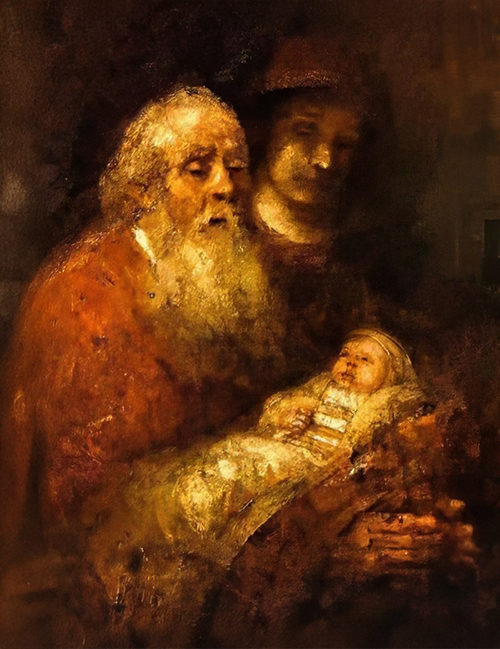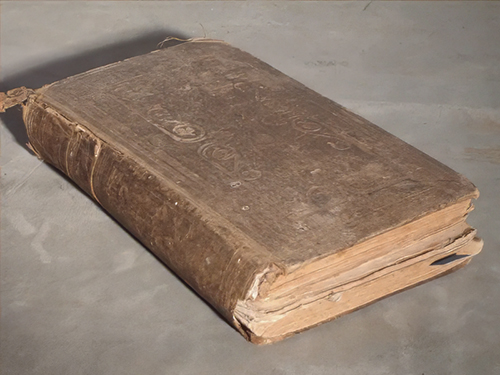
My first ministry appointment as priest was to the parish of the Sacred Heart in Hastings, Hawkes Bay.
I was a young and relatively fit young man.
I regularly rode my bike from Hastings to Havelock North (some 5km) and swam in a heated pool.
Swimming up and down the pool on a Tuesday morning was difficult.
Tuesday mornings belonged to young mothers and their preschool children.
Hopeless for an energetic young man and his quest for fitness.
Superb for a young man learning about his God!
The young mothers stood in the pool near the edge. Then, with a clap of the hands and a call of the child’s name, the mother extended her arms and PLOP!
The young child would jump off the edge towards their mother and land in the water!
The child’s initiative to jump came from the reassuring call of the mother, “Come to Mummy!”
The child knew that voice and could trust that voice. The voice was reassuring.
In today’s First Reading from the prophet Jeremiah, we hear,
“Blessed is the one who trusts in the Lord,
whose hope is the Lord.
They are like a tree planted beside the waters
that stretches out its roots to the stream:
it fears not the heat when it comes;
its leaves stay green;
in the year of drought, it shows no distress,
but still bears fruit.” (vv 7,8)




